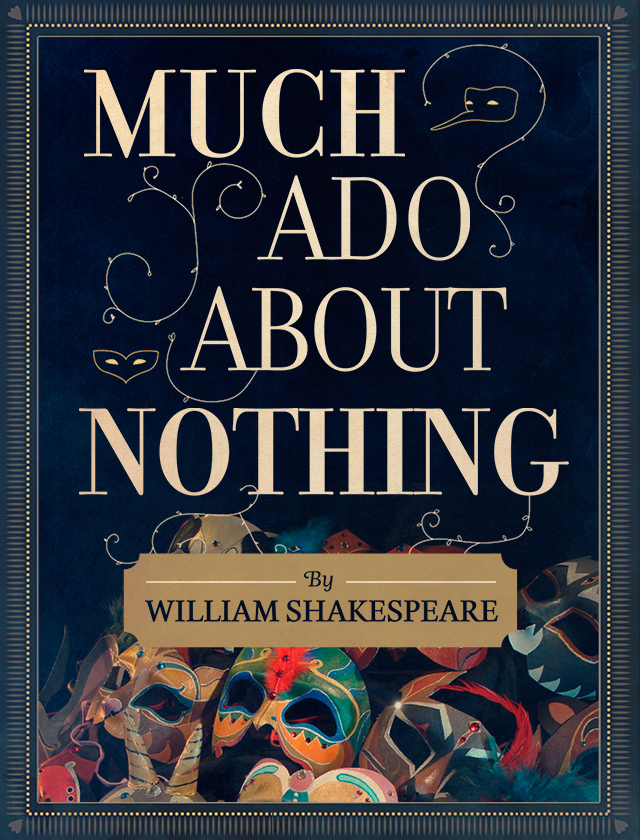Much Ado About Nothing
by William Shakespeare
Symbols and Themes
Anxiety about Marriage
At the beginning of the play, both Beatrice and Benedick are hilariously outspoken in their views on marriage: neither wants any part of it. Beatrice is not afraid of becoming a spinster; she welcomes the idea and even refuses a proposal from the prince himself. Benedick considers marriage a form of bondage and does not hesitate to heap criticism upon the whole institution, especially when attempting to dissuade Claudio from entering into it.
Claudio and Hero, on the other hand, rush quickly into marriage without any apparent fear. As eloquently as Claudio appears to welcome marriage, his latent fears about women’s infidelity and possible threats to his male relationships quickly surface. He is readily susceptible to both of Don John’s attempts to deceive him: first about Don Pedro wooing Hero for himself, and then about Hero’s supposed sexual transgression. Claudio then escapes from the threat of marriage by shaming Hero in a deliberately public display. Immediately afterward, Claudio is totally at ease in being reunited with his friend Don Pedro. He feels no remorse or pity for Hero; rather, he celebrates his narrow escape from marriage. In order for the play to reach a happy resolution, Claudio must resolve himself to marriage and overcome his fears. To demonstrate that he has done so, he must agree to marry Hero’s “cousin” sight unseen. Only once he has pledged publicly to marry her is Claudio allowed to see her face.
Beatrice and Benedick must also change their views on marriage, which they do with remarkable quickness once they realize they are in love. They still do so with their characteristic wit and apparent unwillingness, which is the unique trait that marks their particular relationship. In the end, Much Ado demonstrates that stubbornly holding onto one’s views is no way to be happy, and that marriage is a unifying, joyful occasion when entered into with the proper degree of trust and enthusiasm.
Social Status and...
Sign up to continue reading Symbols and Themes >